Google News
Medium
430

Image Credit: Medium
Google Gemini: a synergy of multimodal AI and specialized hardware
- Google Gemini is a multimodal AI system that encodes various data types into a shared latent vector representation space.
- By integrating different modalities, such as text, images, videos, audio, and code, Gemini improves cross-modal comparisons and supports multimodal reasoning.
- To handle the computational demands, Google utilizes Tensor Processing Units (TPUs), specialized processors designed to accelerate neural network tasks.
- TPUs offer energy efficiency and are integrated into Google Cloud Platform (GCP) to power large-scale machine learning applications.
Read Full Article
25 Likes
The Verge
252
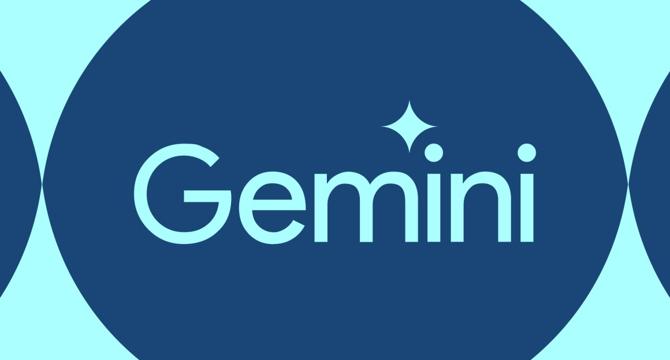
Image Credit: The Verge
Google will let you make AI podcasts from Gemini’s Deep Research
- Google's Gemini app now allows you to generate Audio Overviews based on Deep Research.
- Users can transform slides and documents into AI podcast-like conversations.
- Gemini, Google's agentic AI feature, can explore specific topics and generate detailed reports.
- After generating a report, users can listen to an Audio Overview based on the research.
Read Full Article
15 Likes
Arstechnica
146
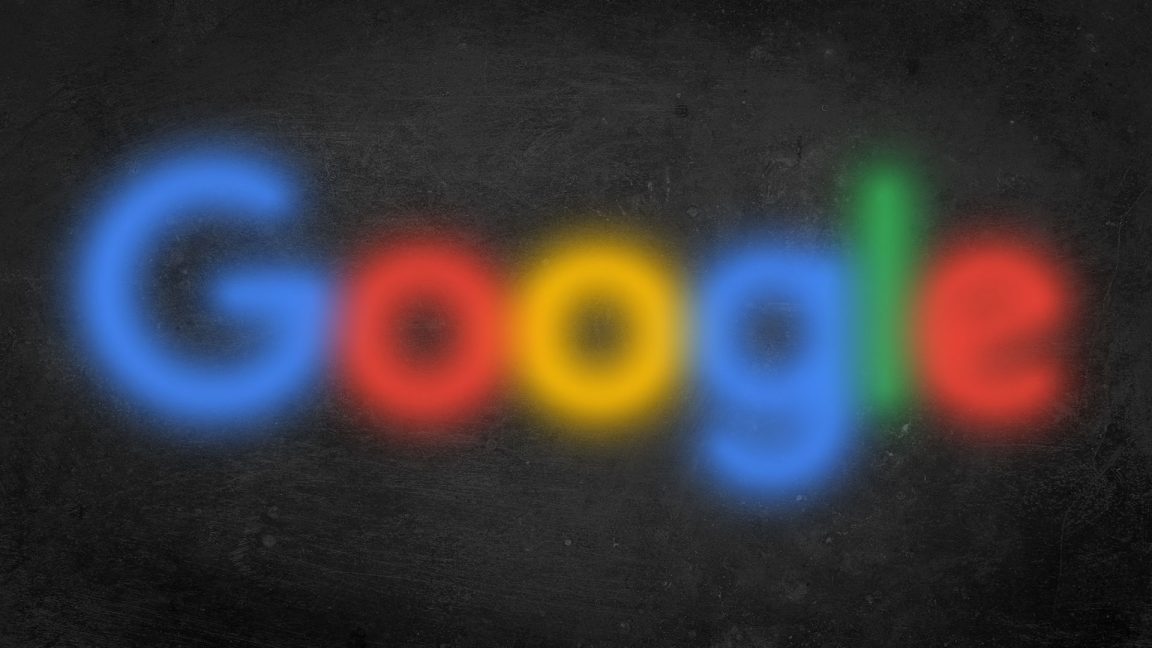
Image Credit: Arstechnica
Italy demands Google poison DNS under strict Piracy Shield law
- Italy has ordered Google to poison its public DNS servers as part of the Piracy Shield law.
- The Court of Milan issued this ruling after a complaint that Google failed to block pirate websites related to illegal streaming of Serie A football matches.
- DNS poisoning, or blocking content via DNS, has been criticized for its messy and indiscriminate blocking of entire domains.
- Italian ISPs previously blocked the entire Google Drive domain due to copyright infringement concerns.
Read Full Article
8 Likes
Digitaltrends
8

Image Credit: Digitaltrends
Google Messages could soon let you watch YouTube right in the chat
- Google Messages is bringing back the YouTube miniplayer feature.
- The miniplayer allows users to watch YouTube videos within the chat interface.
- Recent app teardowns indicate Google is working on an improved picture-in-picture player for YouTube in Messages.
- No official release date has been announced, and it is unclear if the feature can be disabled.
Read Full Article
Like
Discover more
Sdtimes
120

Image Credit: Sdtimes
Mar 21, 2025: AI updates from the past week — Anthropic web search, Gemini Canvas, new OpenAI audio models, and more
- Anthropic's Claude can now search the web to generate up-to-date and relevant responses, citing web sources for fact-checking.
- Google launches Canvas to facilitate collaboration with Gemini, offering an interactive space to create and refine code.
- OpenAI introduces new speech-to-text and text-to-speech models for enhanced voice agent capabilities, including improved transcription quality.
- Nvidia announces AI advancements at GTC, such as AI-Q Blueprint and Llama Nemotron open reasoning AI models.
- IBM Research reveals the Agent Communication Protocol (ACP) for standardized agent communication, enhancing interoperability and development simplicity.
- Oracle introduces AI Agent Studio for creating, extending, and managing AI agents within the Oracle Fusion Cloud Applications Suite.
- WSO2 updates AI-powered IDP Choreo with customizable CI pipelines, AI-driven cost insights, and other new features.
- Stravito enhances its generative AI assistant with Focus Mode for deep analysis, Snapshots for instant report summaries, and support for over 100 languages.
- These AI updates represent advancements in various aspects of AI technology, catering to developers and enterprises seeking innovative AI solutions.
- The developments aim to streamline processes, enhance collaboration, improve user experience, and enable more efficient use of AI in different applications.
Read Full Article
7 Likes
Medium
213

Image Credit: Medium
Google Tensor G5: A Major Shift in Chip Manufacturing | VBM
- Google has partnered with TSMC to manufacture the Tensor G5, moving away from Samsung.
- The Tensor G5 will be fabricated using TSMC’s advanced 3nm-class process, promising improved performance and energy efficiency.
- Google's strategic shift to TSMC reflects their ambition to compete effectively with leaders like Apple and Qualcomm.
- Google I/O 2025 and Google Cloud Next 2025 are upcoming events showcasing the company's latest advancements in AI, Android, cloud computing, and more.
Read Full Article
12 Likes
Cloudblog
35

Image Credit: Cloudblog
Build GraphRAG applications using Spanner Graph and LangChain
- Spanner Graph integrates graph, relational, search, and AI capabilities for scalable data management, with GraphRAG leading in question-answering systems extraction.
- LangChain and Spanner Graph are demonstrated to build robust GraphRAG applications for extracting insights in interconnected data.
- RAG systems improve performance by querying external data during inference and integrating it for contextually relevant responses.
- GraphRAG enhances context retrieval by creating knowledge graphs from varied data sources for detailed responses in gen AI applications.
- LangChain simplifies building RAG apps by integrating data sources and models, while Spanner Graph provides scalability and reliability.
- Building a retail application using GraphRAG enables a contextualized understanding of data relationships like product specifications and customer preferences.
- Steps involve transforming data into a knowledge graph, generating vector embeddings for semantic search, storing the graph in Spanner Graph, and inspecting the graph.
- Retrieval of context in GraphRAG applications is demonstrated using SpannerGraphVectorContextRetriever for enhanced answers.
- GraphRAG stands out by providing richer, more informative answers compared to conventional RAG, as showcased with a beginner drone recommendation scenario.
- Combining Spanner Graph and LangChain accelerates GraphRAG development for intelligent applications with reliable data insights.
- To get started, the GitHub repository, reference notebook tutorial, and setup guide for Spanner Graph capabilities are recommended resources.
Read Full Article
2 Likes
Cloudblog
110

Image Credit: Cloudblog
Mastering secure AI on Google Cloud, a practical guide for enterprises
- Organizations face challenges in implementing secure AI solutions due to data privacy and security concerns.
- A secure AI platform relies on infrastructure, data, security, and responsible AI (RAI) as key cornerstones.
- Protecting data integrity and ensuring privacy compliance are crucial for secure AI applications.
- Responsible AI emphasizes fairness, explainability, privacy, and accountability in AI systems.
- Key security considerations on Vertex AI include private networking, service control perimeters, and Firewall Rules.
- Using Cloud Load Balancer and integrated security tools like reCAPTCHA Enterprise and Model Armor enhances AI application security.
- Chrome Enterprise Premium implements a Zero Trust model for secure remote access to AI applications.
- Regular security assessments, IAM role enforcement, and penetration testing are recommended for Vertex AI deployments.
- Securing the AI/ML workflow on Vertex AI involves steps for development, code security, training, model protection, deployment, monitoring, and governance.
- Confidential Computing on Vertex AI encrypts data, ensures code integrity, and restricts data access for sensitive workloads.
Read Full Article
6 Likes
Cloudblog
337
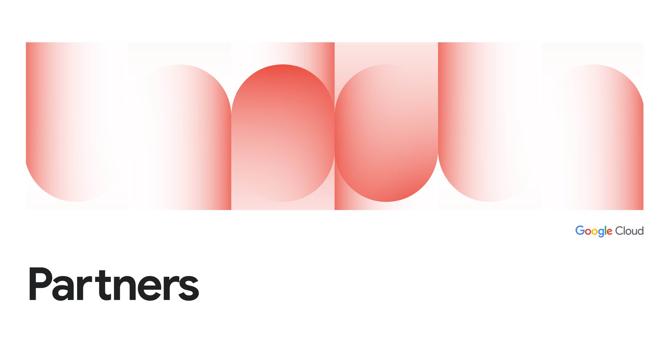
Image Credit: Cloudblog
Building AI agents with Gen AI Toolbox for Databases and Dgraph
- Gen AI Toolbox for Databases, in partnership with Hypermode, expands its capabilities to support Dgraph, a fully open-source graph database for AI apps.
- Dgraph offers real-time performance, horizontal scalability, AI-native primitives, and flexible data modeling, making it ideal for recommendation systems and knowledge graphs.
- The integration between Dgraph and Toolbox simplifies configuration, offers production-ready infrastructure, and enhances enterprise-grade observability for application developers.
- A real-world use case is demonstrated where an ecommerce agent is built using a polyglot database approach involving AlloyDB for PostgreSQL, Dgraph for personalized recommendations, and LangChain for workflow orchestration.
- By modeling a product knowledge graph in Dgraph, developers can generate personalized recommendations using Dgraph Query Language (DQL) efficiently.
- Tools in Toolbox are defined using YAML, enabling parameterized database queries for seamless interaction with both PostgreSQL and Dgraph.
- LangChain framework is utilized to build the agent, connecting to the Toolbox server, loading the toolset, and implementing a chat interface using Gemini Pro LLM via Google's Vertex AI cloud service.
- Gen AI-powered shopping assistant created with Toolbox delivers natural language search capabilities, product information retrieval, personalized recommendations, and product reviews to enhance the user experience.
- Gen AI Toolbox for Databases simplifies database connectivity complexities, enabling developers to focus on delivering seamless user experiences with database-connected agents.
- Developers interested in building database-connected agents can explore Gen AI Toolbox with Dgraph support through various resources provided by Hypermode and Google.
Read Full Article
20 Likes
Cloudblog
128
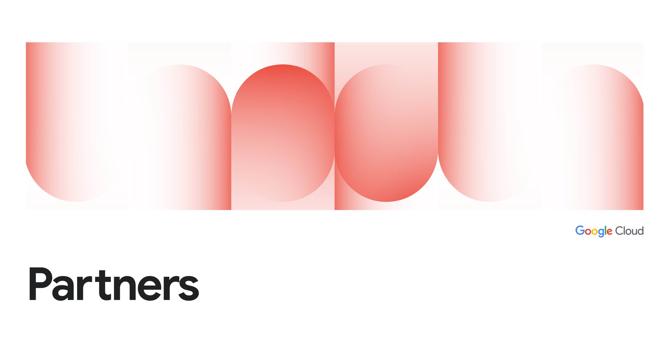
Image Credit: Cloudblog
JetStream for GCE Disaster Recovery Orchestration: Protect and manage your critical workloads
- JetStream Software is partnering with Google Cloud to offer JetStream for Google Compute Engine Disaster Recovery Orchestration.
- The solution leverages Google Cloud's Asynchronous Replication for low RPO and RTO, ensuring data protection between regions.
- JetStream for GCE offers configuration management, failover and failback orchestration, continuous monitoring, and continuous replication for near-zero RTO.
- The solution allows organizations to conduct safe failover testing and is available on Google Cloud Marketplace.
Read Full Article
7 Likes
Cloudblog
175

Image Credit: Cloudblog
Strengthening Google Developer Experts community with Google Cloud Champion Innovators
- Google is integrating the Google Cloud Champion Innovators (Champions) program into the Google Developer Experts (GDE) program.
- The GDE program has been a community for recognized experts in various Google technologies and developer-facing products for over 12 years.
- With the addition of Champions, the GDE program will grow to over 1,400 members, creating a single, powerful community.
- The integration aims to amplify the work of experts, enhance collaboration, and provide a stronger voice for developers within Google and the industry.
Read Full Article
10 Likes
Cloudblog
377
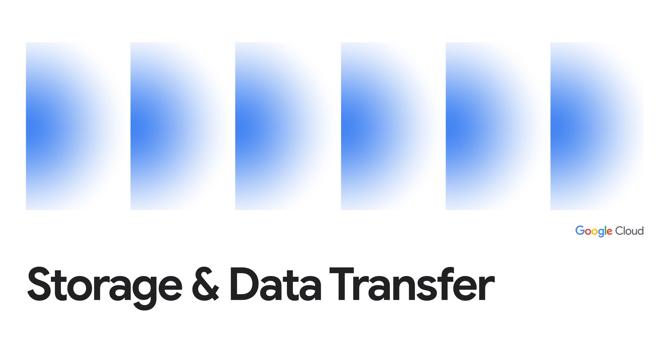
Image Credit: Cloudblog
Introducing protection summary, a new Google Cloud Backup and DR feature
- Google Cloud Backup and DR introduces a new feature called protection summary.
- Protection summary provides a centralized view of backup configurations, identifies gaps in data protection, and enables action to improve resilience.
- It offers a consolidated, at-a-glance view of VM backup state, allowing easy identification of resources without backup configuration.
- The feature allows for the assessment and configuration of available backup options based on resource type.
Read Full Article
22 Likes
Siliconangle
399

Image Credit: Siliconangle
It’s Jensen Huang’s AI world. We just live in it.
- Nvidia CEO Jensen Huang introduced new GPUs, AI supercomputers, and software at the GTC conference to enable AI factories and revenue growth.
- Nvidia made a $30 billion consortium investment and acquired synthetic data startup Gretel to strengthen its AI infrastructure.
- CoreWeave filed for a $2.7 billion IPO, showcasing continued demand for GPUs.
- Stealth AI use poses challenges for data security in companies.
- SoftBank acquired AI chipmaker Ampere Computing for $6.5 billion, aligning with the rising demand for AI chips.
- Google's $32 billion acquisition of cybersecurity startup Wiz indicates a focus on enhancing Google Cloud.
- The EU found Apple and Google in breach of antitrust rules, intensifying their campaign against U.S. Big Tech.
- Nvidia emphasized AI development at the GTC event, showcasing advancements in GPUs, AI models for robots, and silicon photonics switches.
- Nvidia's AI Factory concept focuses on generating AI models efficiently, necessitating powerful chips like the upcoming Blackwell Ultra and Rubin.
- The AI industry is seeing continued growth, with enterprises transitioning from AI prototypes to full production, although challenges in AI adoption persist.
Read Full Article
24 Likes
TechCrunch
400
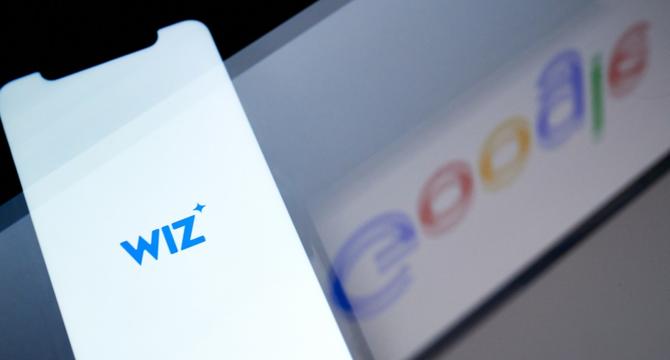
Image Credit: TechCrunch
Inside the Google-Wiz acquisition and the deal’s biggest winners
- Google has acquired cloud security startup Wiz for $32 billion.
- Sequoia is the VC with the highest total payout, while Cyberstarts, an Israeli VC, had the largest percentage win.
- The Equity podcast also covers other topics, including Nvidia's GTC conference, the Klarna IPO, HR companies Rippling and Deel, and Waymo's deal with the San Francisco Airport.
- Stay tuned for the next episode of Equity, TechCrunch's flagship podcast.
Read Full Article
24 Likes
Gizchina
119

Image Credit: Gizchina
Google Pixel Phones Silently Get a Big GPU Boost Via Android Update
- Google Pixel phones have received a significant GPU boost through a recent Android update.
- Pixel users have reported higher GPU scores in benchmarks, showing improvements in performance.
- The boost in GPU performance is likely due to new GPU drivers in recent Android updates.
- This improvement in GPU power without hardware upgrades is a win for Pixel users.
Read Full Article
7 Likes
For uninterrupted reading, download the app